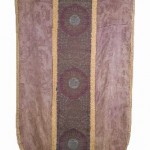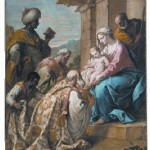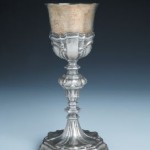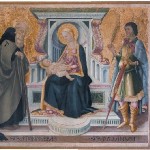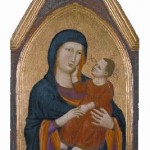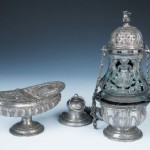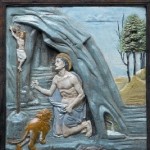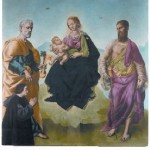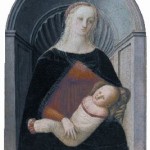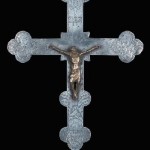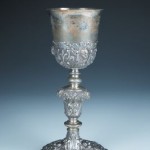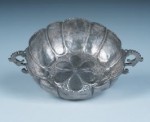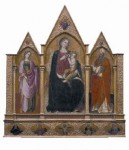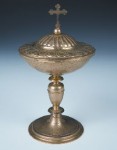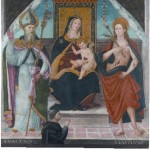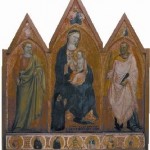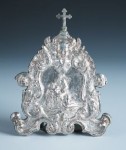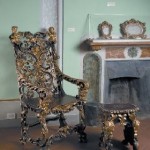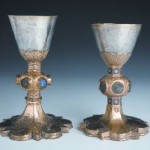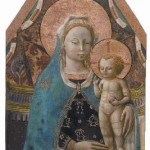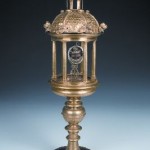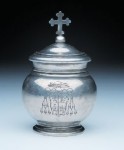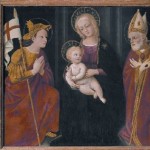The Montespertoli Museum of Sacred Art was inaugurated in 1996. The museum’s patrimony comes from both the Parish Church of San Pietro in Mercato and its suffragans as well as from the churches of two other parish jurisdictions, i.e., those ancient ecclesiastical groupings considered as autonomous historical-cultural institutions.
Most of the parish jurisdictions’ territory corresponded to that of the current municipality of Montespertoli. This has led to organizing the works on the basis of the individual parish jurisdictions, so the paintings, silver works and wooden furnishings coming from the same churches are exhibited in the same rooms. However, for conservation reasons (humidity and light), considering the fragility of the materials, liturgical hangings and vestments as well as manuscripts are found in a special section.
The first room of the museum, known as the Large Hall, has been devoted to the parish jurisdiction of San Piero in Mercato with works from the parish church tied to its ancient patrons, the Machiavellis. Exhibited alongside them are paintings, silver works and furnishings from the Church of San Lorenzo a Montegufoni, under the patronage of the Acciaioli family (Madonna and child by Lippo di Benivieni, gémellion from the 13th century, Roman silver works from Cardinal Niccolò Acciaioli), not to mention the works from small churches that have now disappeared.


